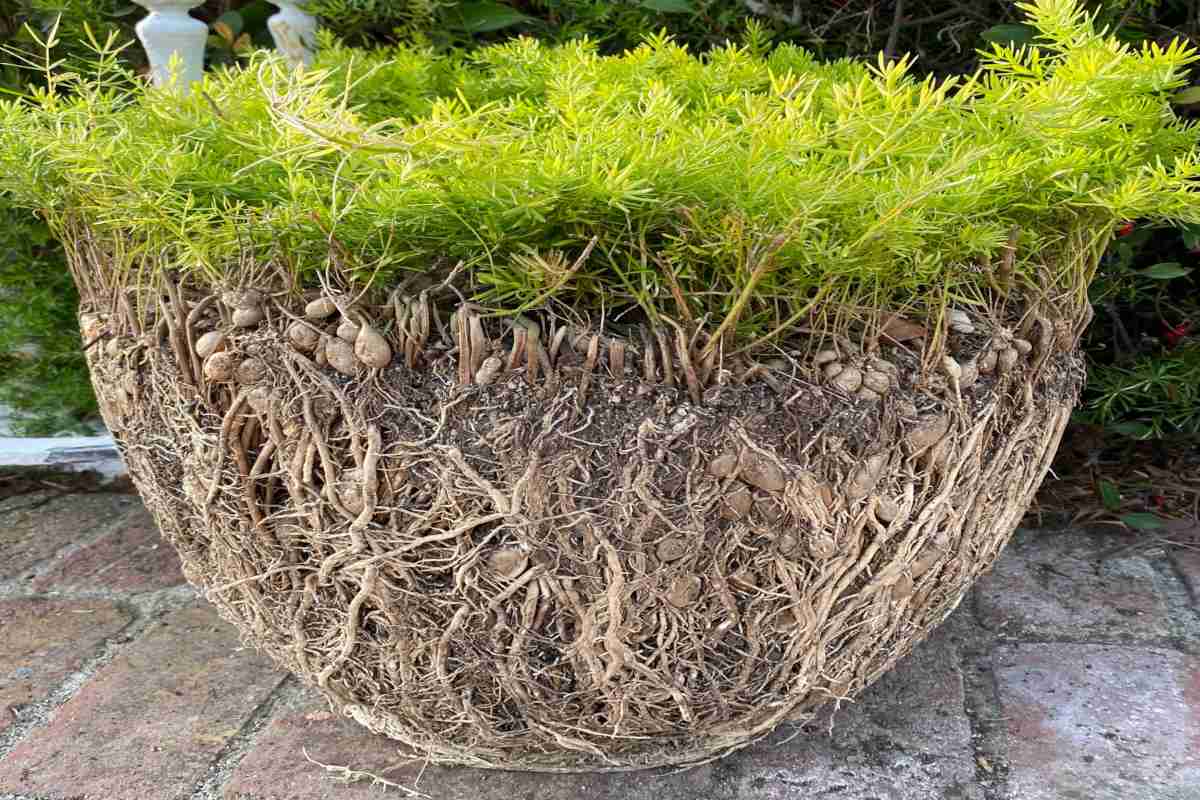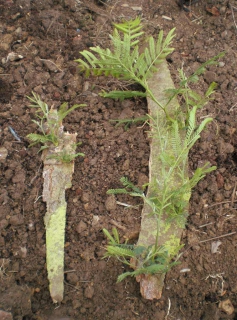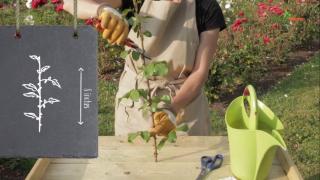A critical step in the life of perennials, dividing your perennial renews the plant’s vigor and propagates it in stride.
.
It is the most economical solution to add new plants to your garden.
Why should plants be divided?
Any perennial that has been growing in the same spot for years tends to develop more and more and gobble up space.
The initial space that was dedicated to it is now too small. Dividing the plant will give it breathing space, and will boost flowering.
As an old bunch grows large, the soil’s nutrients begin to run low and the plant lacks necessary input.
Plant division will give your plant a new start in life, and you’ll have the chance to plant it in other parts of the garden.
When is the best time to divide a bunch?
It depends on the plant and variety.
- Generally speaking, crown division is performed after flowering.
- Summer-blooming perennials must be divided in fall.
- Fall-blooming perennials are to be divided in spring, usually in April.
- Condiment perennials can also be divided in spring.
How often should perennials be divided?
There are no rules for this. It mostly depends on how much the plant has developed and what you want to do with it.
It can be a good practice to go for dividing a plant every 2 or 3 years.
For herbs, spices and condiments, you can divide them every year.
How to divide perennials
- Aim your spade to the center of the bunch you wish to split.
For smaller, more fragile perennials, try to find a more delicate tool. - Slice the bunch in one clean move along the planned cut line.
- Leave one part of the original bunch in place.
- Pull out the other part of the bunch, the one that will be transplanted. Take care to spread some of the roots of the static bunch along the vacant gap.
- Backfill the hole with a mix of soil mix and garden soil.
- Plant the new bunch in the desired location with a blend of soil mix and garden soil.





I love my Lilies of the Nile. That’s why I was looking for a way to get more from my plants from my present ones. I’m always looking for a way to do things the easy way! But now I think I’ll just let my present plants do their thing. They seem to be doing what I was trying to do
I love my Lilies of the Nile and wanted more but now I’ve decided they are doing better than I could so that’s what I’m doing: NOTHING! JUST TAKING GOOD CARE OF THOSE I HAVE!